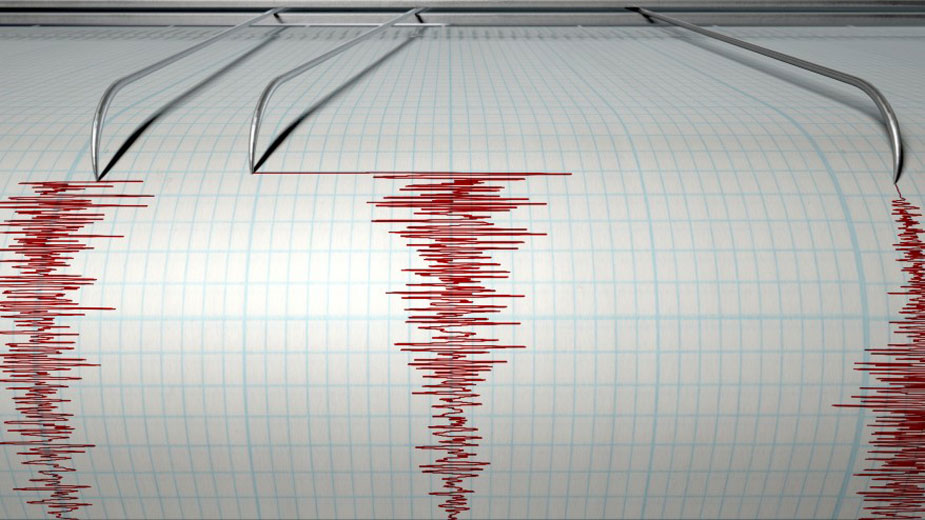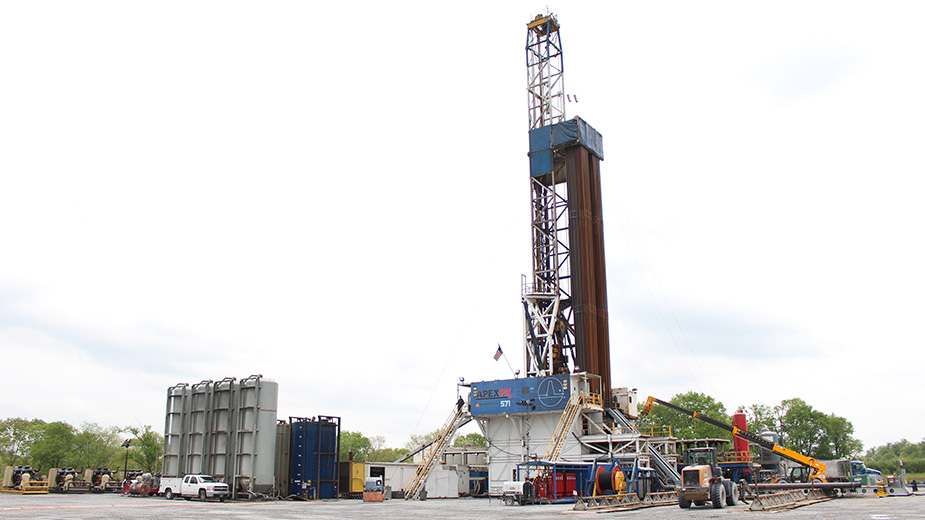Penn State, Commonwealth Build Seismic Monitoring Network
UNIVERSITY PARK, Pa. — Researchers at Penn State are closing in on the completion of a statewide network that monitors seismic activity.
Expected to be completed this summer, the network, which is a collaboration between Penn State’s Department of Geosciences, the Pennsylvania Department of Conservation and Natural Resources, and the Pennsylvania Department of Environmental Protection, will serve the public and government agencies.
“This network has greatly improved our capability to detect seismic events too small to be felt by people on the ground,” said Gale Blackmer, state geologist and bureau director for the DCNR. “The data is an important research tool to better understand the state’s geology, and it provides an improved picture of naturally occurring seismic events, as well as induced events that might result from quarry blasts, inject and hydraulic fracturing (fracking).”The network recently garnered national interest after it detected seismic activity along the Pennsylvania-Ohio border, raising questions about a possible link between fracking and earthquakes.
On April 25 and 26, Penn State’s seismic network recorded five earthquakes with magnitudes between 1.7 and 1.9 in Lawrence County, near the Ohio border in western Pennsylvania.
“We have not done enough analysis of the data to make any conclusions yet,” said Andrew Nyblade, professor of geosciences at Penn State and the principle investigator on the seismic network project, “but there is a correlation spatially and temporally between the fracking and the earthquakes.”
In 2014, several small earthquakes with magnitudes of 3.0 or below were linked to fracking at a Utica Shale well in eastern Ohio, near where the April 2016 earthquakes occurred. Humans typically begin feeling earthquakes once they reach a 3.0 magnitude or higher.
Seismic monitoring works by using underground stations, which contain ground motion sensors and data acquisition systems to detect and record the Earth’s ground vibrations.
“With the funding from the DCNR and DEP, our goal is to build and operate 30 seismic stations in Pennsylvania,” said Nyblade. “As of now, we’re about two-thirds of the way done, and we hope to be finished sometime this summer.”
Penn State’s seismic network uses equipment in stations found on Penn State’s campuses and Pennsylvania state parks. The data from the stations are sent through the Internet to a computer server in Penn State’s Department of Geosciences, where they are then analyzed to locate seismic events. The network’s detection threshold is around magnitude 2.0, but the Lawrence County earthquakes revealed that it may actually be slightly lower, Nyblade noted.
Seismic monitoring is an important science because understanding when and where seismic activity occurs can help decision-makers take the necessary precautions to protect people and infrastructure, he said.
In 2006, researchers from Penn State teamed with the DCNR to monitor seismic activity across Pennsylvania, a predecessor to the current network.In 2015, the DCNR teamed with DEP to increase funding for earthquake monitoring in the commonwealth through a partnership with Penn State.
Once completed, the network and its data will be uploaded to a website that can be accessed openly by the public.
SOURCE: Penn State News Service. Article written by Jesse Westbrook.
From Our Archives:
More Earthquakes Detected in Lawrence County, Pa.
Copyright 2024 The Business Journal, Youngstown, Ohio.


